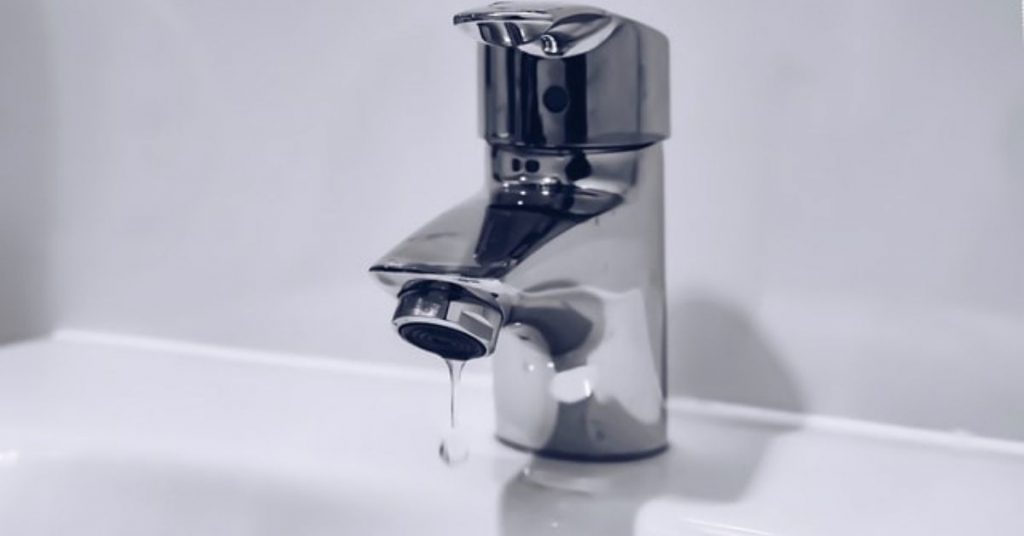A leaky bathroom sink can be a major annoyance, causing water damage and increased water bills. It's important to address this issue as soon as possible to prevent further damage and wasted resources. There are several steps you can take to fix a leaky bathroom sink, depending on the source of the leak. If the leak is coming from the faucet, the most common cause is a worn out washer. This can easily be replaced by turning off the water supply, removing the faucet handle, and replacing the washer. If the faucet itself is damaged, you may need to replace the entire faucet, which can be done with some basic plumbing knowledge or by hiring a professional. Another possible source of a leaky bathroom sink is the drain. Over time, the drain can become corroded or loose, causing water to leak out. To fix this issue, you will need to remove the drain and replace it with a new one. This may require some specialized tools, so it's best to consult a professional if you are not comfortable doing it yourself. No matter the source of the leak, it's important to address it promptly to avoid any further damage. A leaky bathroom sink can also be a sign of a larger plumbing issue, so if the problem persists or recurs, it's best to consult a professional plumber for a thorough inspection.Fixing a Leaky Bathroom Sink
A clogged bathroom sink is a common problem that can be caused by a variety of factors. From hair and soap scum to foreign objects, there are many things that can cause a clog in your sink drain. Luckily, there are several methods you can use to clear a clogged bathroom sink. The first step is to try using a plunger to dislodge the obstruction. Place the plunger over the drain and push down firmly, then pull up quickly to create suction. Repeat this motion several times until the clog is cleared. If the plunger doesn't work, you can try using a drain snake or a wire coat hanger to reach down and remove the clog manually. You may also want to try using a chemical drain cleaner, but be cautious as these can be harsh and potentially damage your pipes. Prevention is key when it comes to clogged bathroom sinks. Use a drain cover to catch hair and other debris, and avoid pouring grease or large amounts of food down the drain. Regularly pouring boiling water down the drain can also help prevent clogs from forming.How to Repair a Clogged Bathroom Sink
Many bathroom sink issues can be fixed with some basic DIY knowledge and a few tools. If you're comfortable with some light plumbing work, you may be able to save yourself some money by tackling these repairs yourself. One common DIY bathroom sink repair is fixing a dripping faucet. This can often be remedied by replacing a worn out washer, as mentioned earlier. You can also replace a damaged or outdated faucet with a new one by following some simple steps and using a few basic tools. Another common repair is fixing a slow draining sink. This can usually be solved by removing the drain and cleaning out any debris or buildup. You can also use a plunger or a drain snake to dislodge any clogs that may be causing the issue. When attempting DIY bathroom sink repairs, it's important to have the necessary tools and to know when to call in a professional. Some repairs may require specialized tools or knowledge, and it's always better to be safe than sorry.DIY Bathroom Sink Repair
Bathroom sinks can experience a variety of problems, from leaks and clogs to low water pressure and slow drainage. Knowing the common issues and their solutions can help you address these problems quickly and effectively. One common issue is a running toilet. This can usually be fixed by adjusting the chain or flapper inside the toilet tank. If the problem persists, it may be a sign of a larger plumbing issue. Another common problem is low water pressure. This can be caused by a clog in the faucet or aerator, a malfunctioning water valve, or a problem with the pipes. Depending on the source of the issue, you may need to clean or replace the faucet or call in a professional plumber. Slow draining sinks can also be a nuisance, but can usually be fixed by removing any obstructions in the drain. If the problem persists, it may be a sign of a more serious clog or a problem with the pipes. Knowing how to identify and fix these common bathroom sink problems can save you time and money in the long run. However, if you're unsure or uncomfortable with addressing these issues yourself, it's always best to consult a professional plumber.Common Bathroom Sink Problems and Solutions
A slow draining bathroom sink is a common issue that can be caused by a variety of factors. From hair and soap scum to mineral buildup and foreign objects, there are many things that can clog your sink drain and slow down the drainage process. The first step in fixing a slow draining sink is to identify the source of the problem. If you have a pop-up drain, it's important to check the drain stopper for any hair or debris that may be inhibiting water flow. You can also try using a plunger or a drain snake to remove any clogs. If the problem persists, you may have a more serious clog in your pipes. In this case, it's best to call a professional plumber who can use specialized tools and techniques to clear the obstruction and restore proper drainage. To prevent this issue from recurring, regularly clean your drain stopper and use a drain cover to catch hair and other debris. You can also pour boiling water down the drain once a week to help prevent buildup.Fixing a Slow Draining Bathroom Sink
Over time, bathroom sink faucets can become damaged or outdated, requiring replacement. This is a fairly simple DIY project that can give your bathroom a fresh new look without breaking the bank. To replace a bathroom sink faucet, you will need to turn off the water supply, remove the old faucet, and install the new one. This can usually be done with some basic tools and instructions from the manufacturer. When choosing a new faucet, make sure to measure the distance between the holes in your sink to ensure a proper fit. You can also choose from a variety of styles and finishes to match your bathroom décor. If you're uncomfortable with tackling this project yourself, you can always hire a professional plumber to ensure a proper and efficient installation.Replacing a Bathroom Sink Faucet
The drain stopper in your bathroom sink allows you to fill up the basin with water, but it can also be a source of problems if it becomes stuck or damaged. If you're having trouble with your drain stopper, there are a few steps you can take to fix it. If the stopper is stuck closed, you can try using a pair of pliers to unscrew the nut at the back of the drain and remove the stopper. You can then clean any debris or buildup from the stopper and reattach it. If the stopper is stuck open, you may need to replace it with a new one. If your drain stopper is not functioning properly, it may need to be adjusted or replaced. This can usually be done with some basic tools and instructions from the manufacturer, but if you're unsure or uncomfortable, it's best to consult a professional plumber.Fixing a Bathroom Sink Drain Stopper
As with any plumbing fixture, bathroom sinks can experience a variety of issues. Luckily, many of these problems can be easily fixed with some basic troubleshooting techniques. If your sink is not draining properly, you can try using a plunger or a drain snake to dislodge any clogs. If the problem persists, it may be a sign of a larger issue with your pipes, and you should call in a professional plumber for a thorough inspection. If your sink is leaking, it's important to identify the source of the leak and address it promptly to avoid further damage. Leaks can be caused by a variety of factors, from worn out washers to damaged pipes, so it's best to consult a professional for proper repairs. Regular maintenance and prevention can also help prevent common bathroom sink issues from occurring. Clean your sink and drain regularly, and be mindful of what you pour down the drain to avoid clogs and other problems.Troubleshooting Common Bathroom Sink Issues
If your bathroom sink is not holding water, it can be frustrating and inconvenient. This issue is usually caused by a problem with the drain stopper, and can be easily fixed with some basic knowledge and tools. First, check the drain stopper to make sure it is properly attached and functioning. If it is damaged or worn out, you may need to replace it. You can also try cleaning any debris or buildup from the stopper and reattaching it. If the stopper is not the issue, you may need to replace the drain or fix any damaged or loose pipes. This may require some specialized tools and knowledge, so it's best to consult a professional plumber. Prevention is key when it comes to a bathroom sink that won't hold water. Regularly clean and maintain your drain stopper, and be mindful of what you pour down the drain to avoid clogs and other issues.How to Fix a Bathroom Sink that Won't Hold Water
Low water pressure in your bathroom sink can be a frustrating and inconvenient issue. It can be caused by a variety of factors, from a clog in the faucet or aerator to a problem with the water valve or pipes. The first step to fixing low water pressure is to identify the source of the problem. Check the faucet and aerator for any buildup or debris that may be causing the issue. You can also try cleaning or replacing these parts to improve water flow. If the problem persists, it may be a sign of a larger issue with your plumbing system. In this case, it's best to consult a professional plumber who can diagnose and fix the problem effectively. To prevent low water pressure in the future, regularly clean your faucet and aerator, and be mindful of what you pour down the drain to avoid clogs and buildup.Fixing a Bathroom Sink with Low Water Pressure
Why a Well-Designed Bathroom Sink is Essential for Your Home

The Importance of a Functional and Stylish Bathroom Sink
 When it comes to designing your home, the bathroom is often overlooked. However, a well-designed bathroom can make a huge difference in the overall look and feel of your house. One of the most important elements of a bathroom is the sink. Not only is it a functional necessity, but it can also serve as a focal point for the room. A poorly designed or outdated sink can bring down the aesthetic of your bathroom and even decrease the value of your home. That's why it's important to ensure that your bathroom sink is not only functional, but also stylish and well-designed.
When it comes to designing your home, the bathroom is often overlooked. However, a well-designed bathroom can make a huge difference in the overall look and feel of your house. One of the most important elements of a bathroom is the sink. Not only is it a functional necessity, but it can also serve as a focal point for the room. A poorly designed or outdated sink can bring down the aesthetic of your bathroom and even decrease the value of your home. That's why it's important to ensure that your bathroom sink is not only functional, but also stylish and well-designed.
Fixing Your Bathroom Sink: Common Issues and Solutions
 If you're dealing with a faulty or outdated bathroom sink, it's time to take action. One of the most common issues with bathroom sinks is clogging. This can be caused by a buildup of hair, soap scum, or other debris. To fix this issue, you can try using a plunger or a drain snake to clear the blockage. If that doesn't work, you may need to call a professional plumber to take a look at the pipes.
Another common issue with bathroom sinks is leaks. This can be caused by loose or worn out faucet handles, damaged pipes, or a faulty seal. If you notice water pooling around your sink, it's important to address the issue as soon as possible to prevent further damage to your bathroom. You can try tightening the faucet handles or replacing the seal, but it's always best to consult a professional for a long-term solution.
If you're dealing with a faulty or outdated bathroom sink, it's time to take action. One of the most common issues with bathroom sinks is clogging. This can be caused by a buildup of hair, soap scum, or other debris. To fix this issue, you can try using a plunger or a drain snake to clear the blockage. If that doesn't work, you may need to call a professional plumber to take a look at the pipes.
Another common issue with bathroom sinks is leaks. This can be caused by loose or worn out faucet handles, damaged pipes, or a faulty seal. If you notice water pooling around your sink, it's important to address the issue as soon as possible to prevent further damage to your bathroom. You can try tightening the faucet handles or replacing the seal, but it's always best to consult a professional for a long-term solution.
Upgrade Your Bathroom Sink for a Fresh Look
 If your bathroom sink is outdated or simply not to your liking, it may be time for an upgrade. There are many options available for bathroom sinks, from traditional porcelain to modern glass vessel sinks. When choosing a new sink, consider the style of your bathroom and the overall aesthetic you're going for. A sleek and modern sink can give your bathroom a contemporary feel, while a classic pedestal sink can add a touch of elegance.
No matter what type of bathroom sink you choose, make sure it is properly installed and functioning correctly to avoid any future issues.
Additionally, consider the other elements in your bathroom, such as the faucet, countertop, and backsplash, to create a cohesive and aesthetically pleasing look.
If your bathroom sink is outdated or simply not to your liking, it may be time for an upgrade. There are many options available for bathroom sinks, from traditional porcelain to modern glass vessel sinks. When choosing a new sink, consider the style of your bathroom and the overall aesthetic you're going for. A sleek and modern sink can give your bathroom a contemporary feel, while a classic pedestal sink can add a touch of elegance.
No matter what type of bathroom sink you choose, make sure it is properly installed and functioning correctly to avoid any future issues.
Additionally, consider the other elements in your bathroom, such as the faucet, countertop, and backsplash, to create a cohesive and aesthetically pleasing look.
The Bottom Line: A Well-Designed Bathroom Sink is Worth the Investment
 In conclusion, a well-designed bathroom sink is an essential element of a well-designed home. Not only does it serve a functional purpose, but it can also greatly enhance the look and feel of your bathroom. Whether you're dealing with common issues like clogging or leaks, or simply looking to upgrade for a fresh look, it's important to invest in a quality bathroom sink. With proper installation and maintenance, your bathroom sink will not only add value to your home, but also provide you with a functional and stylish space for years to come.
In conclusion, a well-designed bathroom sink is an essential element of a well-designed home. Not only does it serve a functional purpose, but it can also greatly enhance the look and feel of your bathroom. Whether you're dealing with common issues like clogging or leaks, or simply looking to upgrade for a fresh look, it's important to invest in a quality bathroom sink. With proper installation and maintenance, your bathroom sink will not only add value to your home, but also provide you with a functional and stylish space for years to come.
















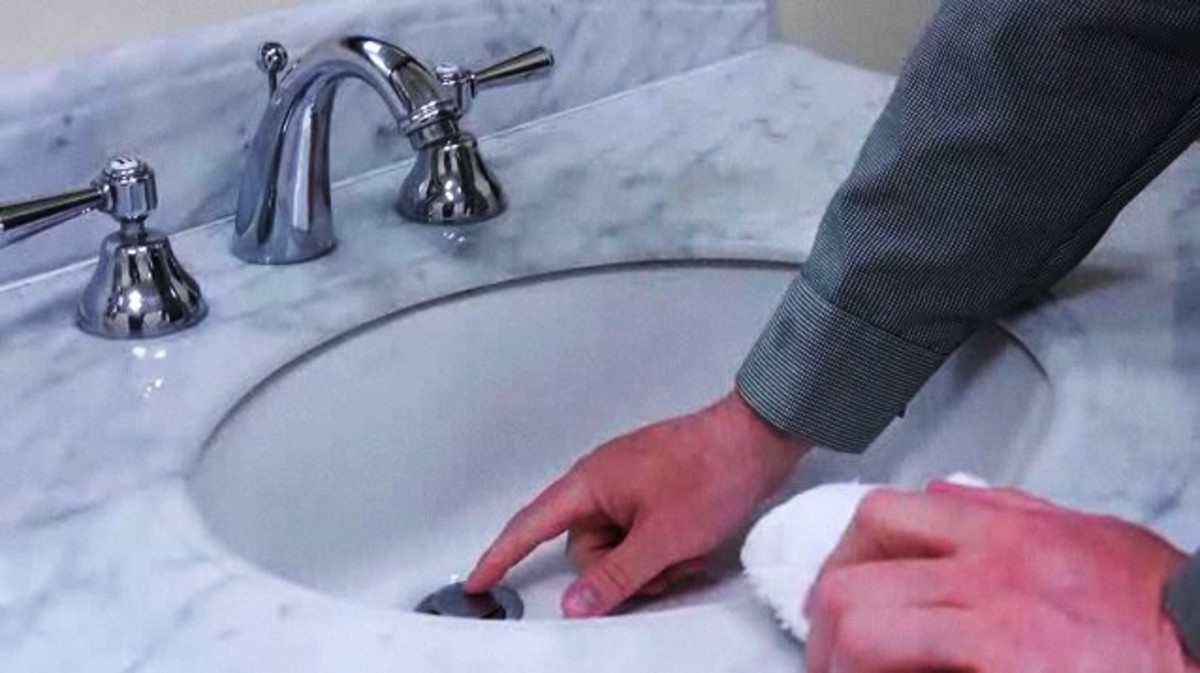


































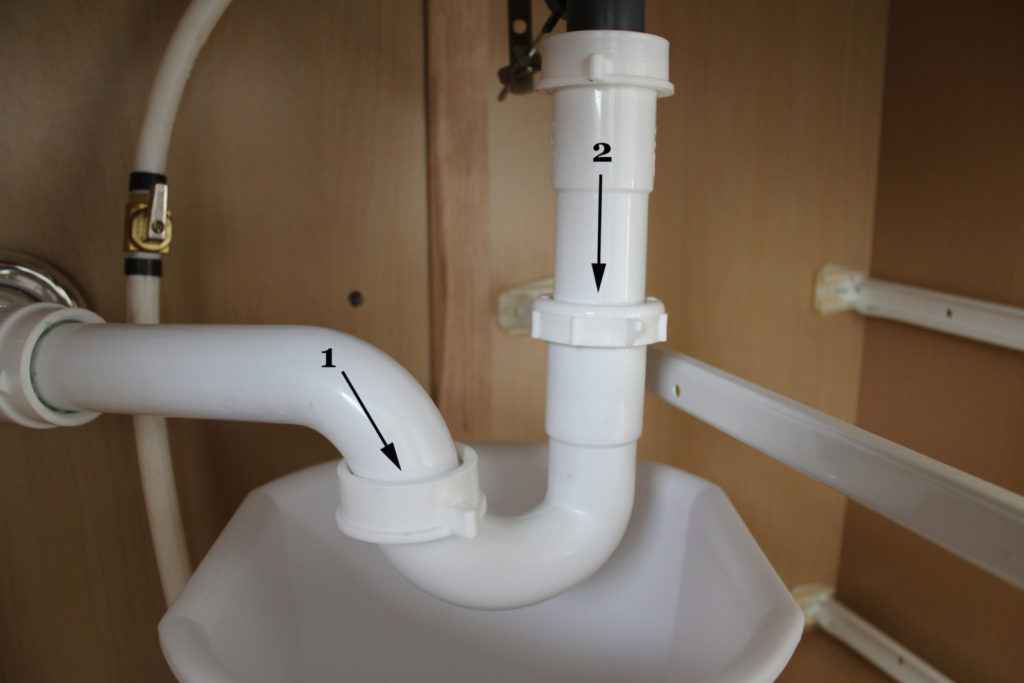









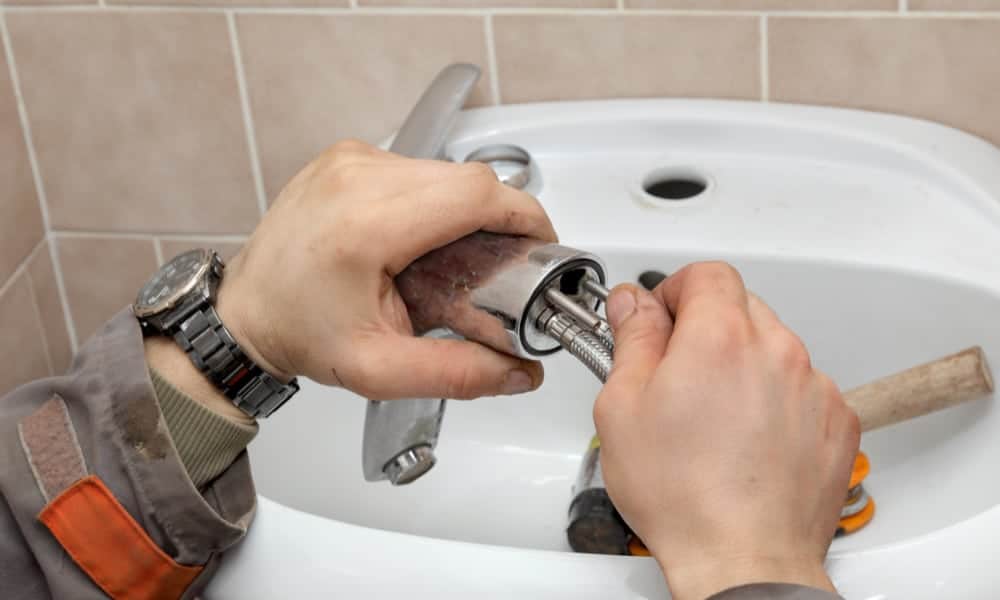





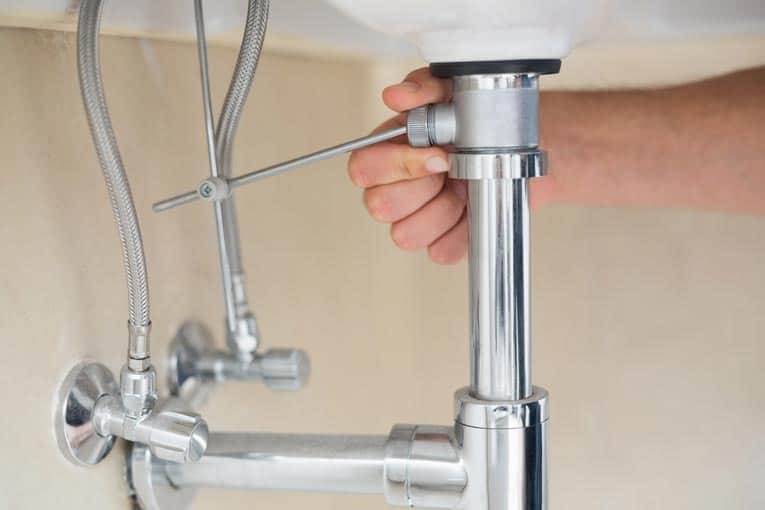

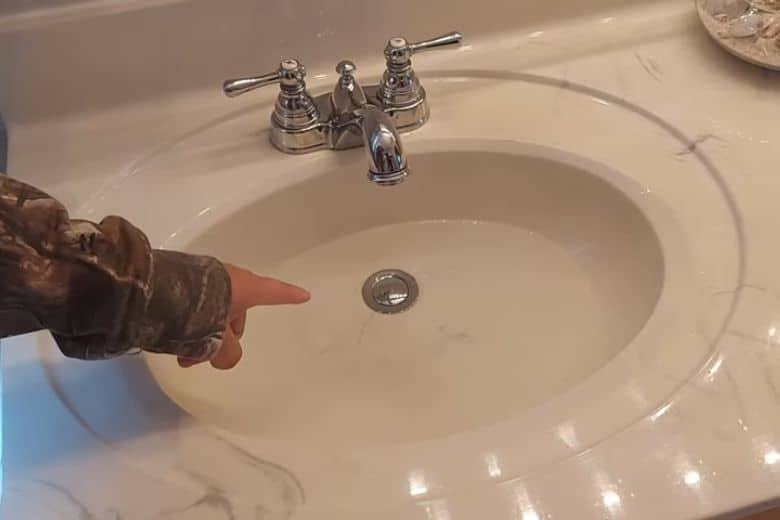













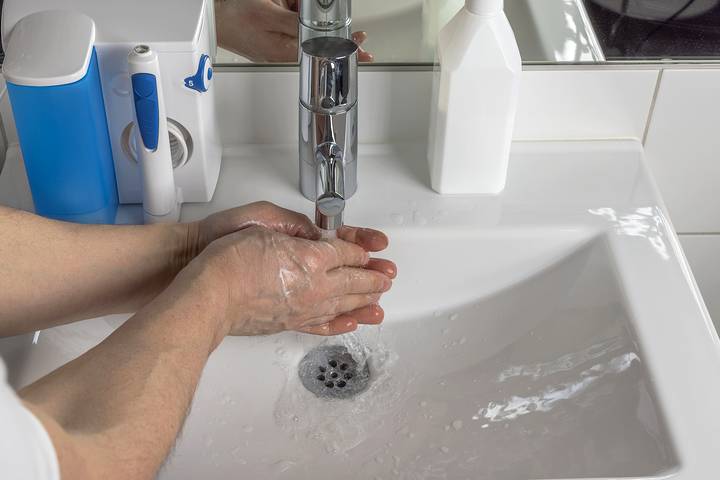















:max_bytes(150000):strip_icc()/increase-low-shower-pressure-4052359_FINAL_01-6ece340f72f74bf9ae59e4192b03c0bc.png)

